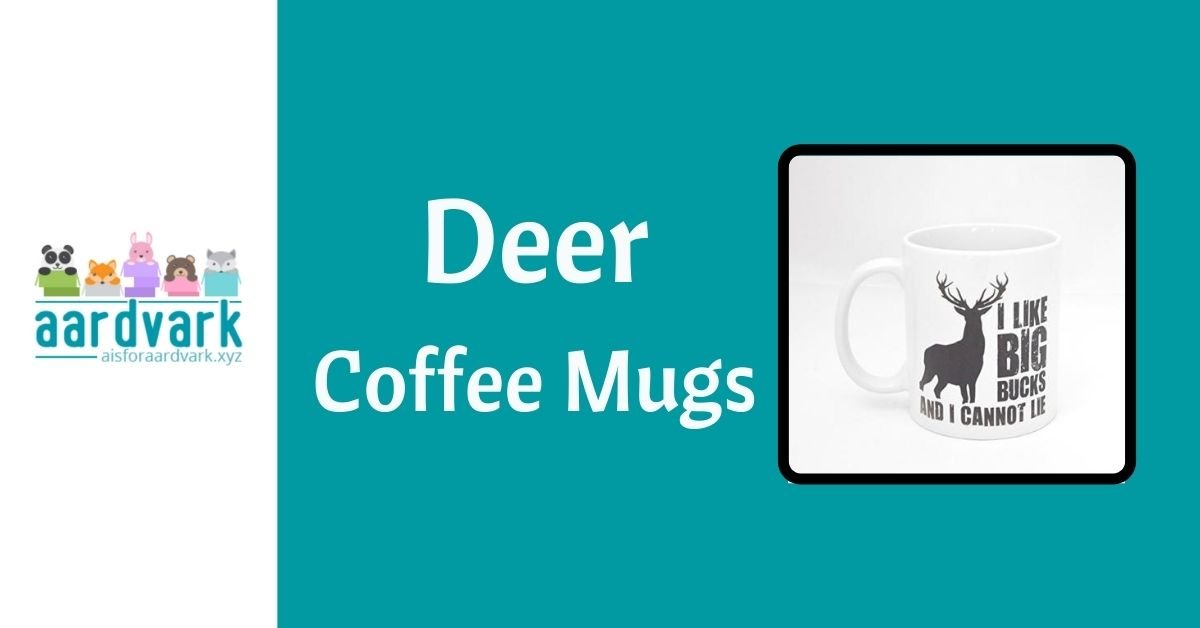Deer have long held a special place in our hearts. They’re enchanting and elusive, gentle and fierce. Join us on an exploration of these mesmerizing creatures as we seek to uncover their secrets and unveil the captivating beauty that surrounds them.
The Diversity of Deer
There are a wide array of deer species, each boasting unique adaptations and features. Among the various North American species, the white-tailed deer stands out. It’s known for its keen alertness and the striking flash of its white tail when it takes off. Another notable member of the deer family is the mule deer, recognizable by its forked antlers and unique appearance.
In European and Asian forests, you’ll find the red deer, one of the largest species in the deer family.
Physical Characteristics
White-tailed deer, common throughout eastern North America, typically measure around 3.5 to 4.5 feet in height at the shoulder. Their coats can range from reddish-brown to grayish-brown, often with a white belly and throat, and of course, the namesake white tail.
Mule deer, on the other hand, generally live west of the Rockies and are slightly larger, with a similar coloration but sporting distinctive forked antlers.
Antlers: Nature’s Masterpiece
One of the most iconic features of deer is their antlers. These bony outgrowths on the heads of male deer, known as bucks, are a symbol of vitality and power. Antlers grow annually and then shed; they aren’t permanent parts of the deer.
The size and complexity of antlers can vary greatly among deer species. Elk, for instance, have impressive, branched antlers that can span several feet in width. As we mentioned above, mule deer have unique forked antlers.
Majestic Migrations
Deer are known for their seasonal migrations, a behavior often linked to the availability of food. They travel to more favorable areas in search of nourishment.
In places like Yellowstone National Park, witnessing the migration of large herds of elk and mule deer is a breathtaking spectacle. This phenomenon highlights the intricate relationship between deer and their environment.
Guardians of the Ecosystem
Deer serve a crucial role in their ecosystems. As herbivores, they help regulate plant populations, shaping the composition and structure of forests. Their browsing behavior influences the distribution of plant species and the habitats of other wildlife.
Deer also act as “gardeners of the forest” by dispersing seeds through their consumption and transportation. In other words, they eat them in one place, then leave them in another – through their feces.
This ecological role is vital in maintaining the health and diversity of many forest ecosystems.
Conservation and Coexistence
Habitat loss, hunting, and human interactions pose significant challenges to deer populations in various regions. Efforts to protect deer and their habitats are essential for preserving the delicate balance of our natural environments.
By coexisting with deer and respecting their role in the ecosystem, we contribute to their well-being and the vitality of the wilderness.
The Enchanting Beauty of Deer
The presence of deer in our forests and meadows enriches our lives in countless ways, offering us a glimpse into the harmony of the natural world. The next time you encounter a deer in the wild, take a moment to appreciate the breathtaking beauty and wonders of these graceful creatures!






